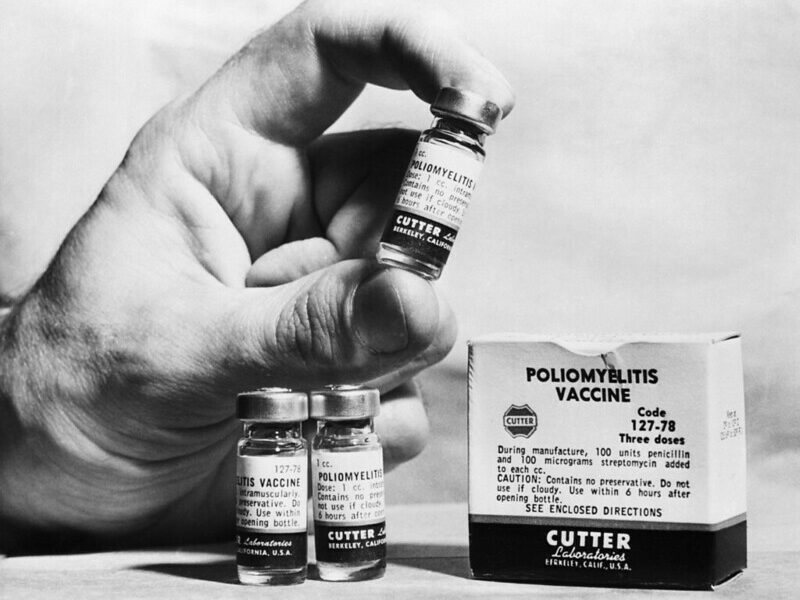Tuberculosis, the disease once known as consumption, has remained a global source of concern for centuries. And in Florida, the public-health issue has gained yet more momentum. In March 2012, Governor Rick Scott and state representatives signed laws aiming to downsize the Florida Department of Health and to close A.G. Holley State Hospital in Palm Beach County, the state’s only tuberculosis hospital. Their rationale: a decline in incident TB cases in Florida since 2010.
A CDC report issued April 5 cites that Florida is in the midst of its largest uncontained TB outbreak in 20 years—the largest outbreak nationwide, and one primarily affecting its homeless population. The state has recorded 13 deaths and 99 active cases and has increasing numbers of drug-resistant cases. Additionally, the report found that over 3000 people may have been exposed to active tuberculosis.
Duval County health officials contacted CDC for help in February after a sudden 16-percent increase in tuberculosis cases, but politicians expedited the closure of A.G. Holley in Lantana, Florida a full 6 months ahead of schedule on July 2, allegedly never knowing of CDC’s April 5 report. The facility is one of the few centers where drug-resistant tuberculosis has been treated for over 60 years. Speculation as to whether politicians had access to the report and chose to overlook its findings is rampant.
Tuberculosis is spread from person to person when an individual with active disease coughs or sneezes, thereby allowing people close by to breathe in the bacteria that cause tuberculosis. If not properly treated, tuberculosis can be fatal. Symptoms include persistent cough, chest pain, coughing up blood or sputum, weakness, weight loss, chills and fever. Treatment for active tuberculosis disease includes a taking cocktail of antibiotics for 6 to 9 months, with resistant strains requiring more lengthy and expensive treatment to cure.
